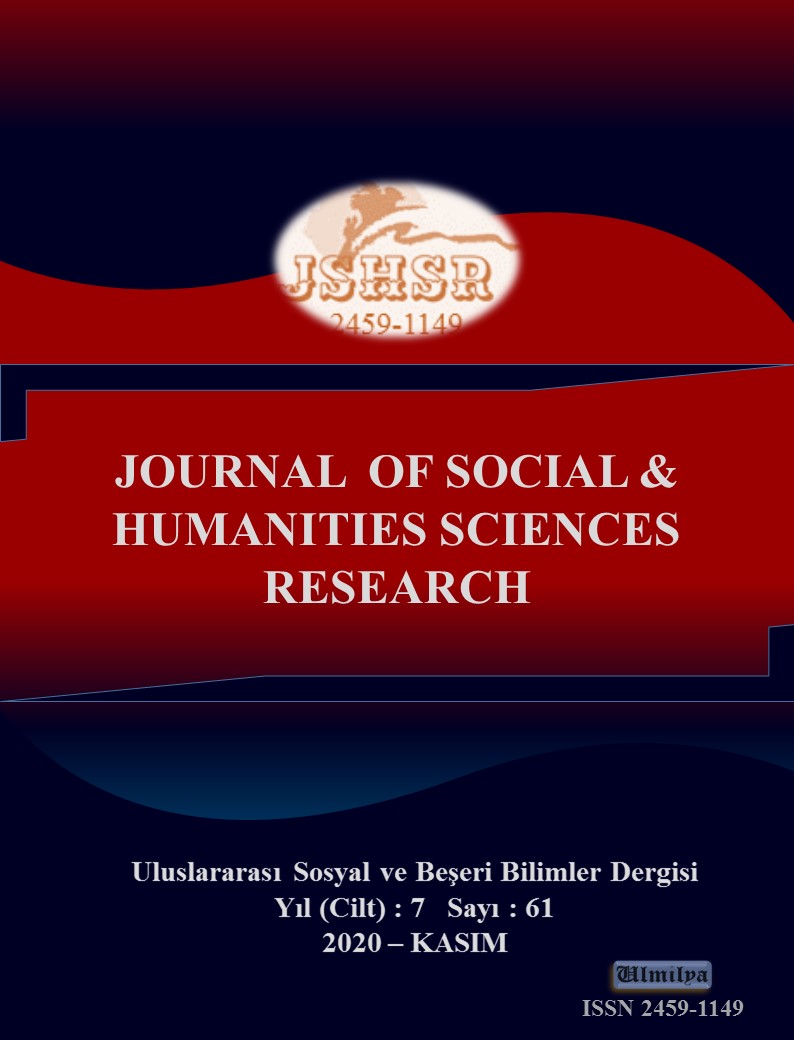AN OVERVIEW OF THE COSMOLOGICAL DIMENSION OF THE UNIVERSE IN TURKS
DOI:
https://doi.org/10.26450/jshsr.2142Anahtar Kelimeler:
Cosmology, universe, sky, earth, mythology, epicÖzet
The sense of cosmology that comes into existence in the subconscious of a person questioning nature has been tried to be explained through humane feelings. Although tangible objects in nature were used during the endeavor for defining the universe, unknown cosmic factors had to combine with the humane imagination. Thus, such a sense, which tries to explain all aspects of the universe, first emerged in the Turkistan moorlands.
Religious life is an important factor in the enhancement of a sense of the universe and the mentality. The existence and power of God, cosmic phenomena on the earth, and unidentified objects in the sky have had a direct impact on the sense of universe and mentality. Man has strived to understand and identify the universe in which he lives since the very moment he is born. Having become meaningful as a result of long-standing questionings, cosmic factors were systematized.
The first community to come up with the idea of a universe was the Zhou (1050-249 BCE), who established a political unit in Northern China and who are considered to be proto-Turks. Among the Turks, Zhou people proposed the first original approach to cosmology, imagining that the universe comprised the earth and the heavens, which were thought to be opposites that complemented each other. This approach was later adopted by the Huns, the Kök Turks, and other semi-nomadic tribes in the 6th and 8th centuries.
Mythology and epics provide substantial shreds of evidence on the sense of cosmology prevailing in the nations they belong to. Cosmic motives and symbols were dealt with in Turkish mythology and epics during the pre-Islamic period. This study aims to correlate such elements with the Turkish sense of the universe and to identify the role and meaning of them within the sense of cosmology
İndir
Yayınlanmış
Nasıl Atıf Yapılır
Sayı
Bölüm
Lisans
Telif Hakkı (c) 2020 International JOURNAL OF SOCIAL HUMANITIES SCIENCES RESEARCH

Bu çalışma Creative Commons Attribution 4.0 International License ile lisanslanmıştır.


